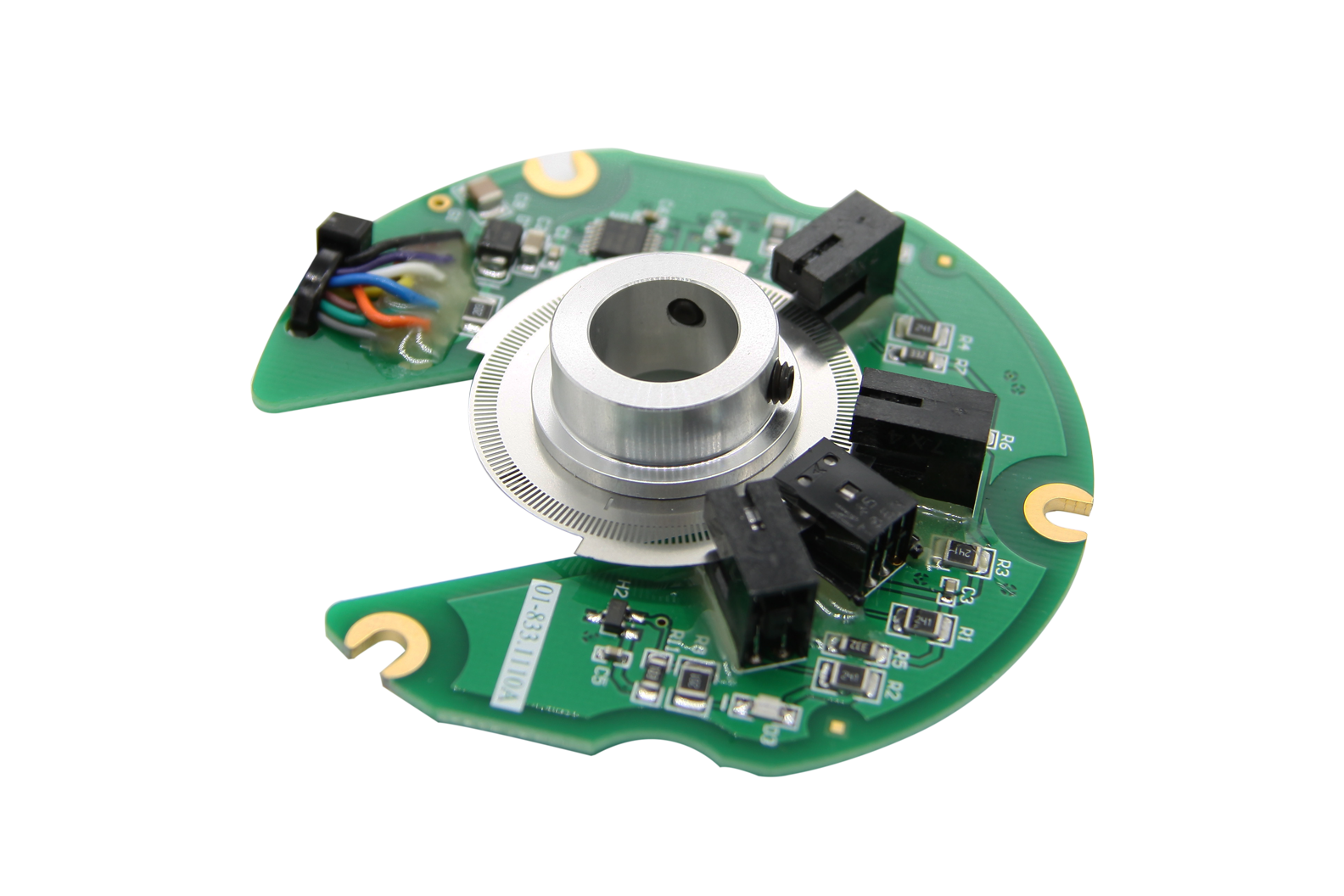A sound equalizer is an electronic device that can individually adjust the amplification of various frequency component electrical signals. It compensates the defects of loudspeakers and sound fields by adjusting various electrical signals of different frequencies, compensates and modifies various sound sources and other special The role of the general mixer on the equalizer can only be high-frequency, intermediate frequency, low-frequency three-frequency electric signals were adjusted. This article first introduced the television audio equalizer adjustment method, followed by a description of the sound equalizer adjustment method, and finally introduced the sound equalizer adjustment considerations, specifically follow the Xiaobian together to find out. 1, is to get a flat frequency response. That is, within the human hearing threshold range (20Hz - 20KHz) in the sound field, the sound in each frequency band has neither peaks nor troughs. This requires dedicated test equipment to complete, attenuate the raised frequency band in the sound field, and increase the frequency of the trapped frequency band, resulting in a flat frequency response. 2, is the subjective feeling of adjusting the sound loudness. Under normal circumstances, when the human ear is at a small volume, it tends to be more sensitive to the feeling of the intermediate frequency. We need to properly improve the low frequency and intermediate frequency to achieve a balanced subjective loudness. [1] Press the "item" button of the TV remote control to enter the menu. [2] Select "Audio". [3] selected "sound effects." [4] Select "Equalizer" (it is recommended not to adjust the parameters easily to avoid sound deterioration). Subwoofer: 20Hz-40Hz, sounds strong and powerful when appropriate. Controls the sound of thunder, bass drums, organs, and bass. Excessive promotion can make the music cloudy. Bass: 40Hz-150Hz, is the basic part of the sound, and its energy accounts for 70% of the entire audio energy. It is an important component of music style. When appropriate, the bass is well-relaxed and the sound is plump and soft. When it is not enough, the sound is thin. At 150 Hz, when the sound is raised excessively, the sound becomes boring, the brightness decreases, and the nasal sound increases. Bass: 150Hz-500Hz, is the structural part of the voice, vocal in this position, when insufficient, the singing sound will be drowned by the music, the sound is soft and powerless, when properly promoted will feel strong and strong, improve the strength and loudness of the voice. Raising the bass can make the bass harder, and excessively increase 3-6 dB at 300 Hz. If reverberation is added, the clarity of the sound will be seriously affected. Midrange: 500Hz-2KHz, including the low harmonics and overtones of most instruments, is a characteristic snare for snare drums and percussion instruments. The sound is clear and bright when appropriate; When over-escalated, it will produce a telephone-like sound. Neutral: 2KHz-5KHz, which is the characteristic sound of the string (the sound of the bow and the string of the string is played, and the sound of the finger of the playing string touches the string). The penetrating power of the sound decreases when it is insufficient, and it masks the recognition of the language syllable when it is too strong. Treble: 7KHz-8KHz, is the frequency that affects the sense of sound layering. Excessive promotion will make the sound of piccolo and flute prominent, and the tone of the language will increase in tone and tone. Extremely high sound: 8KHz-10KHz When appropriate, the metal feel of the triangle and Li* is high, and the sand clock's rhythm is clearly identifiable. Excessive lifting will make the sound unnatural and it will burn the high frequency unit easily. Balanced and pleasant sound should be 150Hz (bass) should be plump, soft and elastic 150Hz-500Hz (middle bass) should be thick and strong and non-cloudy 500Hz-5KHz (mid-tone) should be bright and thorough without stiff More than 5KHz (treble) should be slender, smooth but not sharp. When the entire frequency response is flat, the sound is naturally full and flexible, and the level is clear and pleasant. When the frequency response is in multiple peaks and valleys: the sound is rough and turbid, the high-pitched hair is harsh, and there is no layered sound reinforcement and feedback whistle can easily occur. Frequency characteristics of sound 30-60Hz Dreary If there is no loud loudness, the human ear can hardly feel it. 60 ~ 100Hz near 80Hz heavy can produce a strong "heavy" effect, high loudness does not give a comfortable feeling, can give people a strong stimulating effect. 100~200Hz fullness 200-500Hz stress can easily cause squeaky irritability. If 500 to 1KHz is brighter and the nearby 800Hz increases by 10dB, it will obviously produce a sense of confusion and narrowness. 1K~2KHz Brightness is most noticeable in the vicinity of 2800Kz. 2K~4Kz Sharp 6800Hz forms wailing, sharp feeling. 4K~8Kz crisp 3400Hz can easily cause hearing fatigue. 8K~16Kz slender 7.5KHz sound clear and slender. 1, 20 ~ 40 this band sound most of the feeling is a soft bass, rather than strong and powerful, through experiments you can know. Look at the drum to enhance the frequency band will have any effect. 2, 40 ~ 150 is the basis of the sound right, but occupy less than 70%, and the vocal nasal sound is not in this band, about 250 or so. 3, 150 ~ 500 this band, is a very careful band to be handled when, must not rely on the promotion of this band to get vocal strength. If you don't care, you will get caught. 4, "Excessive increase of 3-6dB at 300Hz, if coupled with reverberation, it will seriously affect the clarity of the sound." It should be said that as long as the reverberation in the low-frequency part, will affect the clarity of the sound. Of course, in today's mixing techniques, this rule is not very important. Because we often see them in the recording studios of Europe, America and Hong Kong and Taiwan.
The sensor includes linear encoder and rotary encoder, which is used for the position measurement of speed, displacement and angle. Yuheng optics can provide rotary encoders based on optical, magnetic and gear principles, linear encoders based on optical principles and supporting products.
Custom Sensor,Clintegrity Encoder,Absolute Angle Encoder,Small Rotary Encoders Yuheng Optics Co., Ltd.(Changchun) , https://www.yuhengcoder.com

